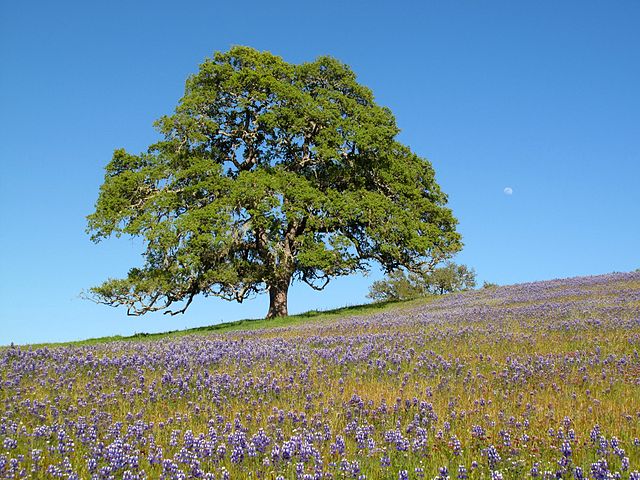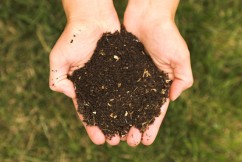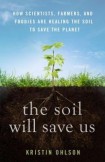
There’s a groundswell movement afoot that author Kristin Ohlson brings to light in her new book, “The Soil Will Save Us: How Scientists, Farmers, and Foodies Are Healing the Soil to Save the Planet.” Kristin was part of a panel discussion this past Wednesday that included local soil experts Al Courchesne of Frog Hollow Farm and Jeff Creque, co-founder of the Marin Carbon Project . The panel was hosted by CUESA and sponsored by Book Passage in San Francisco’s Ferry Building.
Ohlson shared with the audience that one possible solution to global climate change could be as simple as healing the land beneath our feet and encouraging the plants to do what they do best: sequester carbon in the soil. She originally wanted to call her book, “Heroes of the Underground,” in recognition of the multitude of biota found in the soil as well as the farmers, range managers and foodies working to make a difference. In her book, Ohlson recounts the fascinating stories of visionaries at the forefront of soil science and land management who are working to improve soil and rangeland management practices to encourage greater soil fertility and plant diversity. With better care of our soil, it’s possible that our excess atmospheric carbon could be sequestered in the soil, bringing our atmosphere back into balance and reversing climate change.

Locally, we have our own visionaries working on this strategy including the two speakers on this panel. The Marin Carbon Project has three-year-long carbon farming test projects underway on three farms in West Marin: Stemple Creek Ranch (700 acres), Straus Dairy (500 acres) and Corda Ranch (in the San Antonio Creek watershed). Rangelands, Jeff Creque noted, store 1/3 of the world’s carbon. Al Courchesne discussed his comprehensive approach to producing Frog Hollow Farm’s legendary organic fruit: compost and soil health. He noted that California produces 80,000 tons of food waste per day with 30 million metric tons buried in landfills. Many Bay Area municipal waste programs are in place now to divert food waste from landfills and into compost, but it’s up to each of us to do our part (see StopWaste.org for Alameda County).

Ohlson and the other panelists also confirmed the promising message that citizens can all be part of the solution. From managing vast swaths of rangeland, caretaking our backyard gardens and supporting government initiatives for good soil management, communities can all participate. Ohlson emphasized that she wants people to have a feeling of wonder about the soil with awe for the billions of microorganisms at work. Maybe more of them exist under San Francisco than there are stars in the universe!
She also wants us to be inspired and support farmers participating in “regenerative agriculture”; working with nature, not against it. For some practical ideas, The Center for Climate and Energy Solutions – an independent, nonpartisan, nonprofit organization working to advance strong policy and action to address the twin challenges of energy and climate change — has a good list of actions we can all take to reduce our energy use and carbon in the atmosphere.